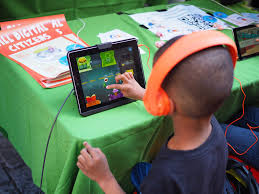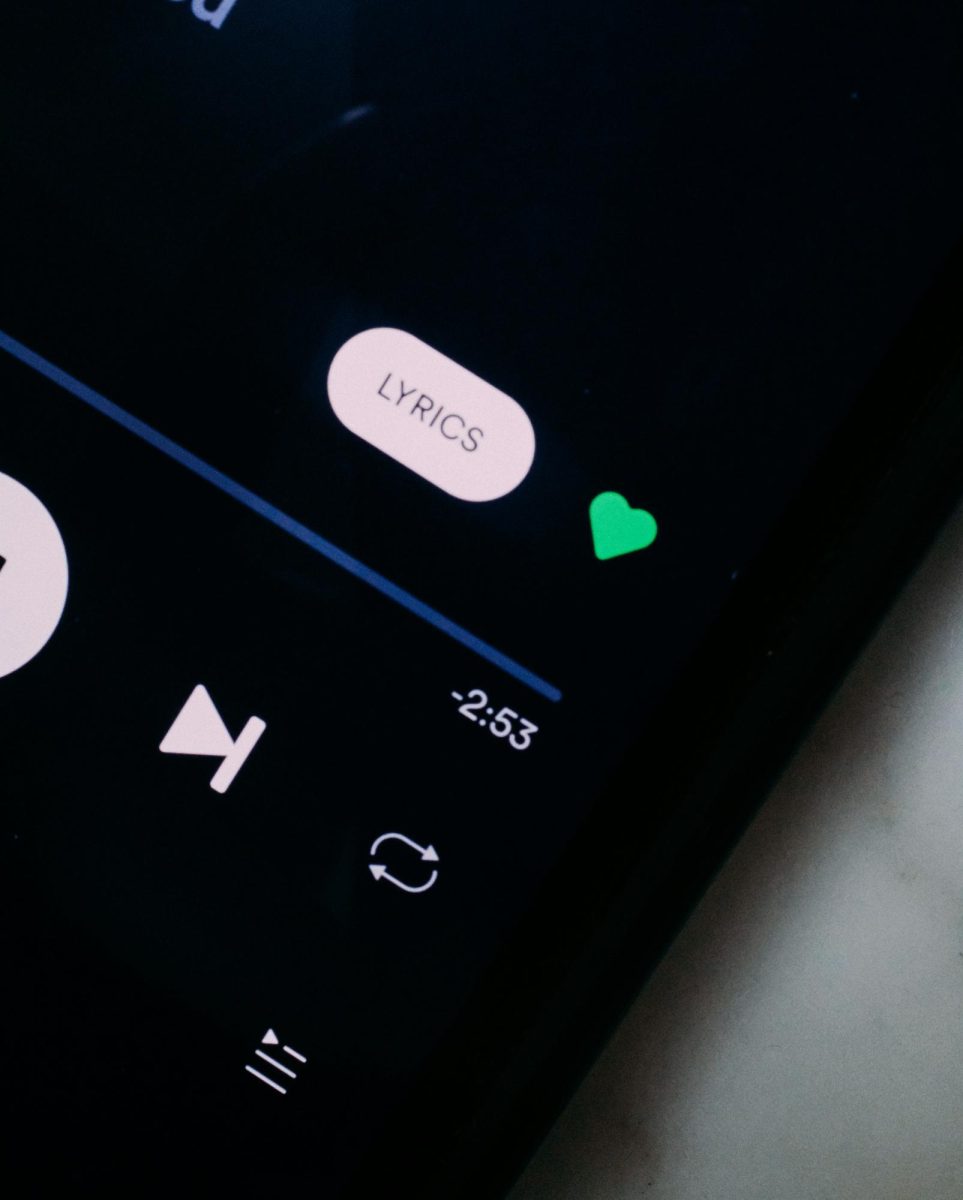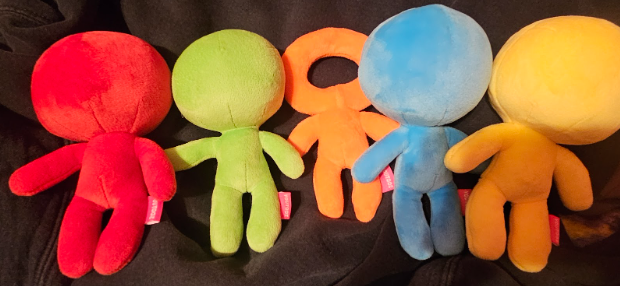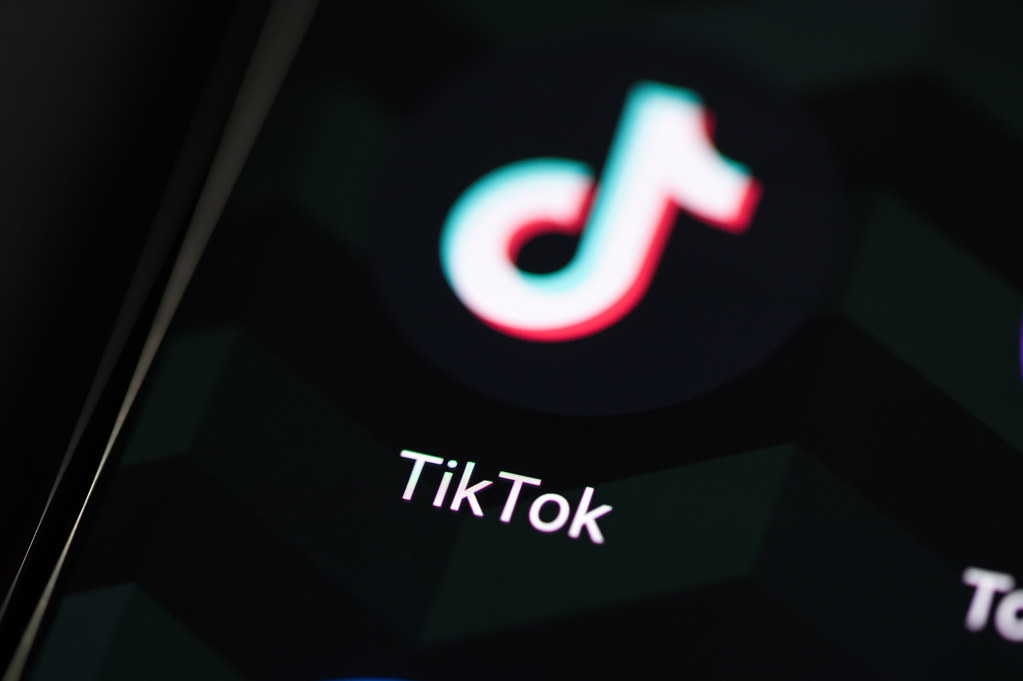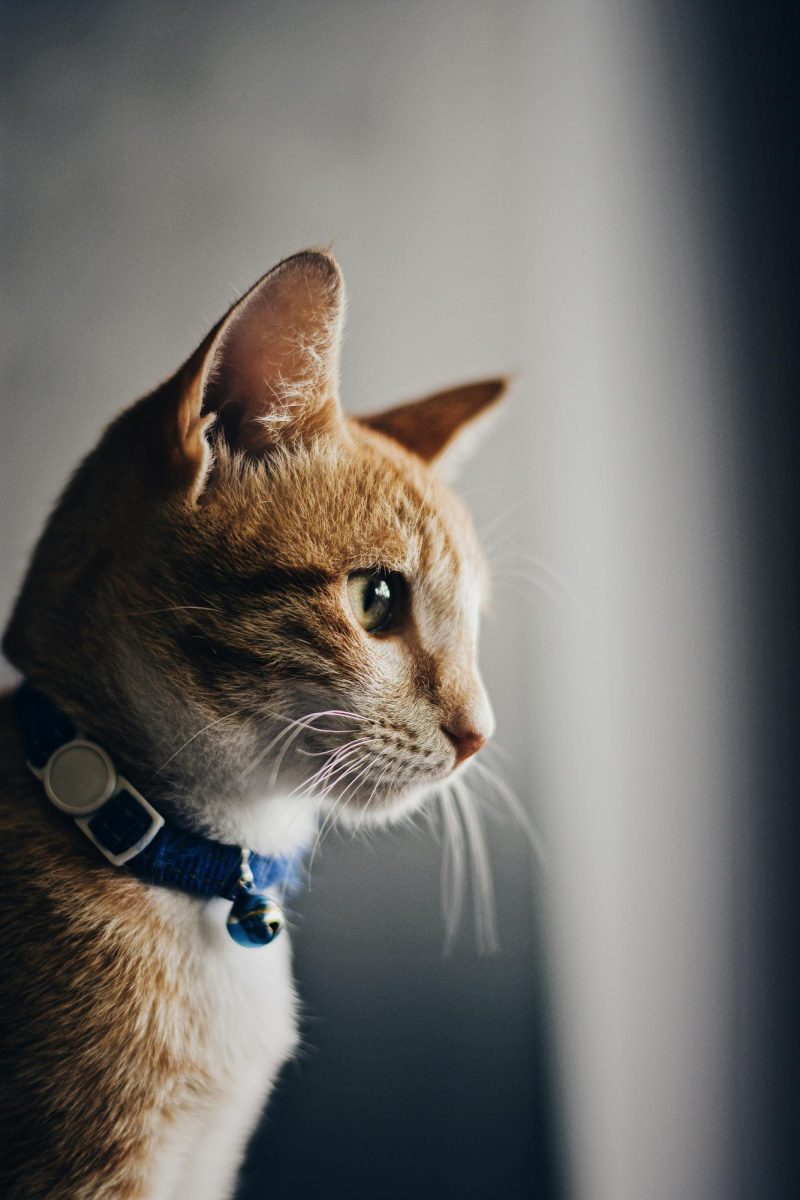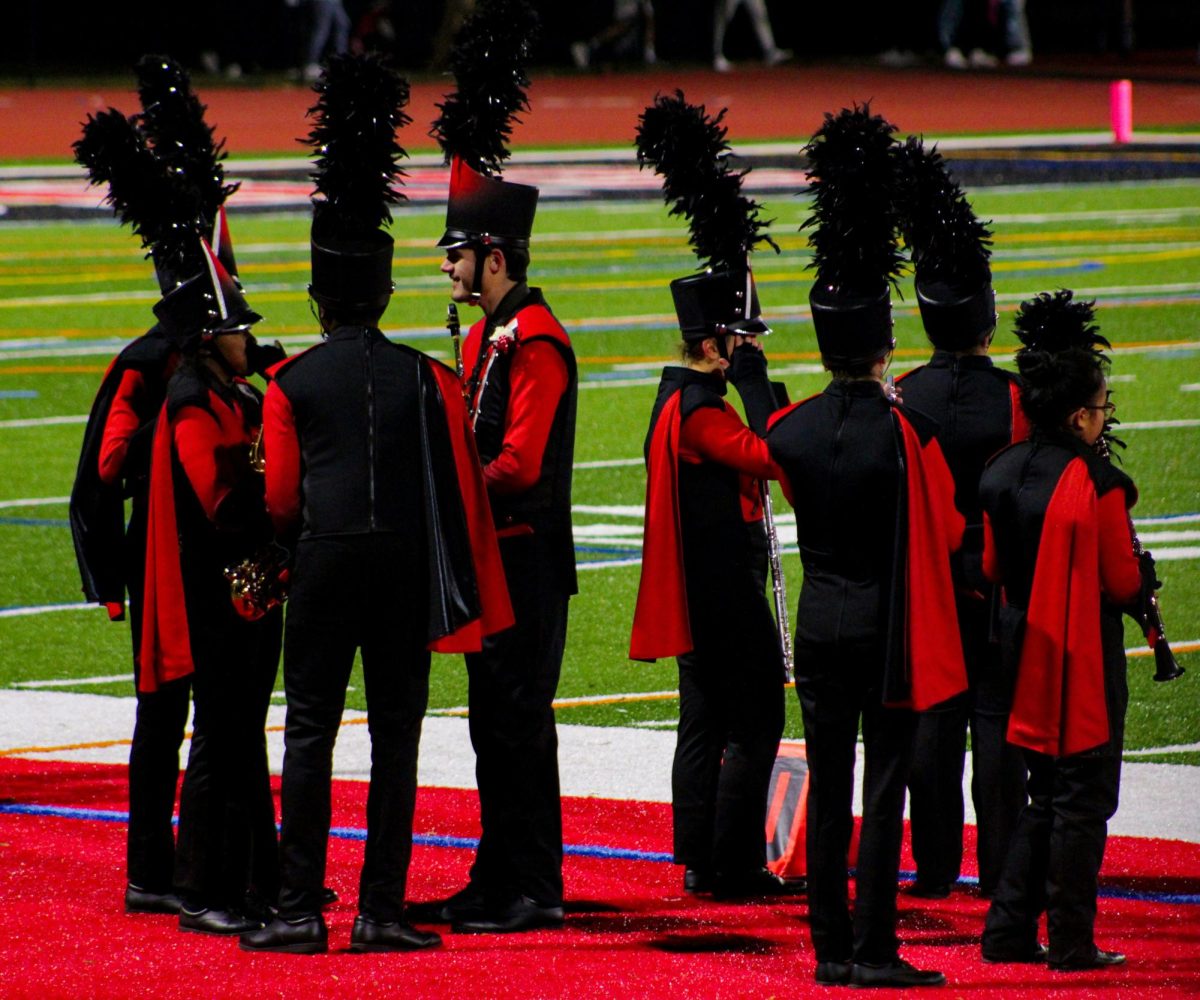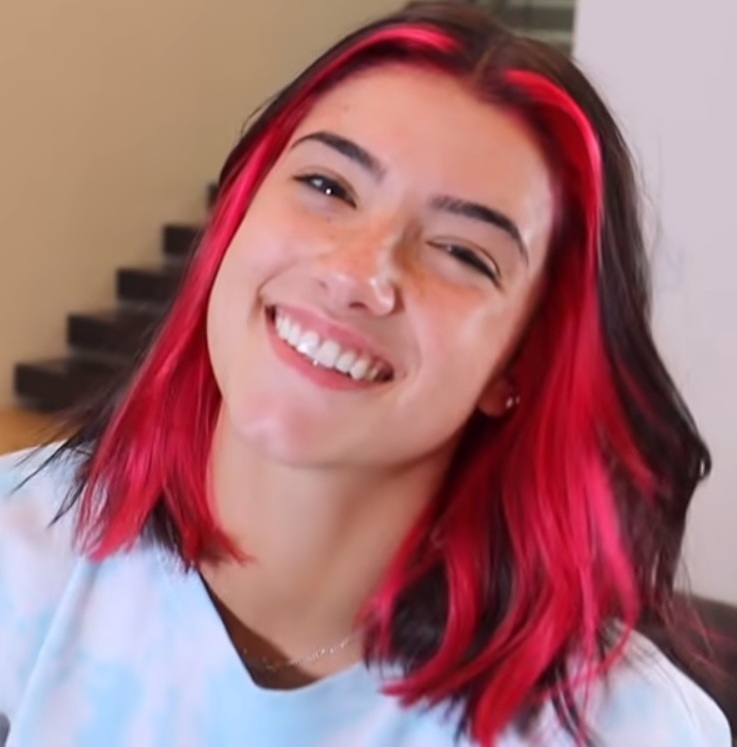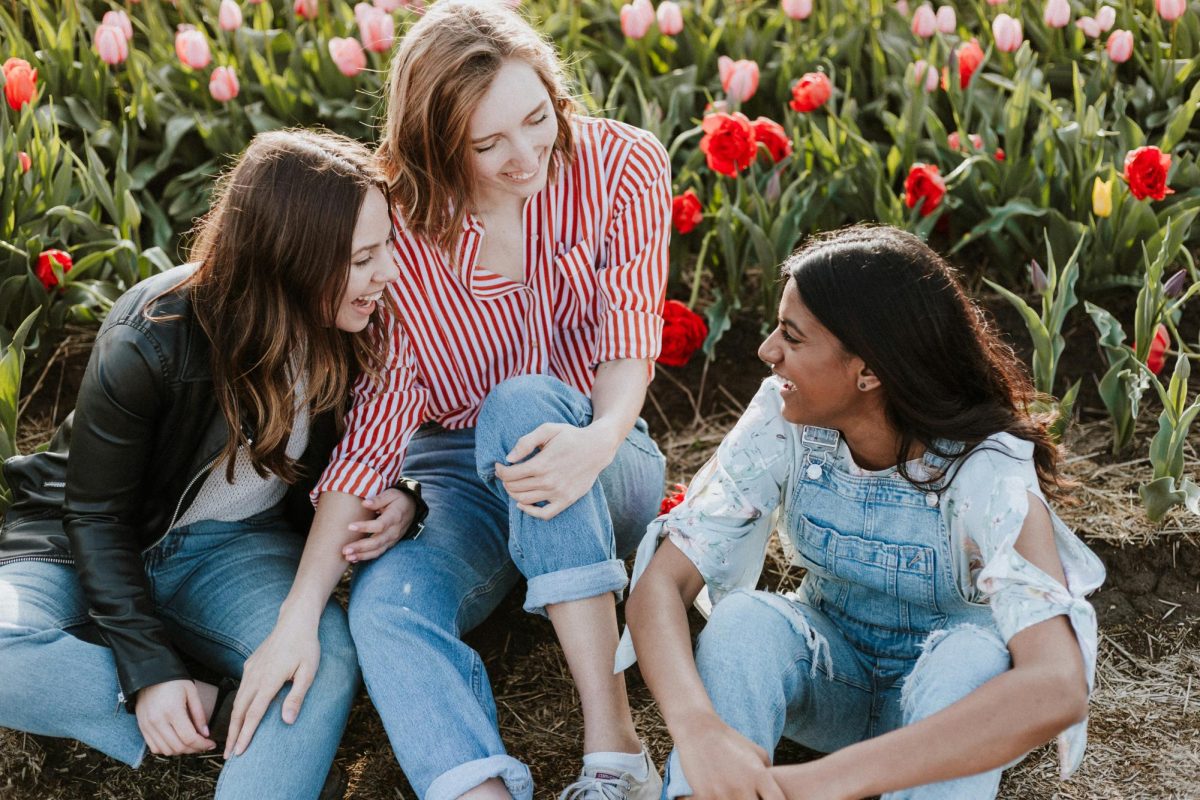In an age where many teens have social media, trends are bound to happen. Teenagers are especially susceptible to being influenced, and influencers can push these products and make them sound like something they need.
Teens tend to follow the latest fashion trends and what is popular, to fit in with others and prove one selves identity. They can use fashion as a way to mask their insecurities and be like the other kids. Teens can feel inadequate if their clothes aren’t branded or are fake. Some people see how some teens get more attention if their clothes are popular, branded, and expensive. When people do not have the most popular and liked clothes they can be looked down on and be seen as different. Clothing trends can cause people to see something trending that everyone is getting, so they get it and end up realizing they don’t like it and it’s not their style, they only bought it because it’s popular.
TikTok is where most trends get started, on almost any teenagers phone TikTok is sure to be found. Many trends have originated or been revived on this app, like astrology or just simple and catchy dances. But, not all of the trends are harmless. Some infamous trends from 2021 include devious licks, the blackout challenge, the milk crate challenge and the school shooting day. These are just some of the more harmful trends that have come about from TikTok. The trends can be harmful and ruin things, or get people hurt or killed.
With the rise of influencer culture across all social media platforms, teenagers are beginning to look and act more like each other with every passing generation. Every day, social media and influencers bombard teens with information about how they are supposed to dress or act and what music, foods or brands to like. Ultimately, evolving one’s lifestyle to adhere to these trends molds teenagers into the same people with the same interests and opinions, leading Generation Z to lack individuality as a whole. Since trends and influencers say how you should act and live, people who act differently tend to get made fun of on social media and in real life.
Ultimately, influencer culture, trends, and social media have made it easy to advertise and give creators a method to connect with young audiences. These uncharted territories, however, also bring a generation that is declining in creativity and uniqueness. Gen Z has become a generation that is image-obsessed, wanting to be seen and heard but simultaneously wanting to belong. Going forward, influencers and teenagers alike should embrace the uniqueness in everyone and build off of one another’s ideas and opinions. The prevalence of influencer culture and trends should not come at the expense of ruining individuality.








